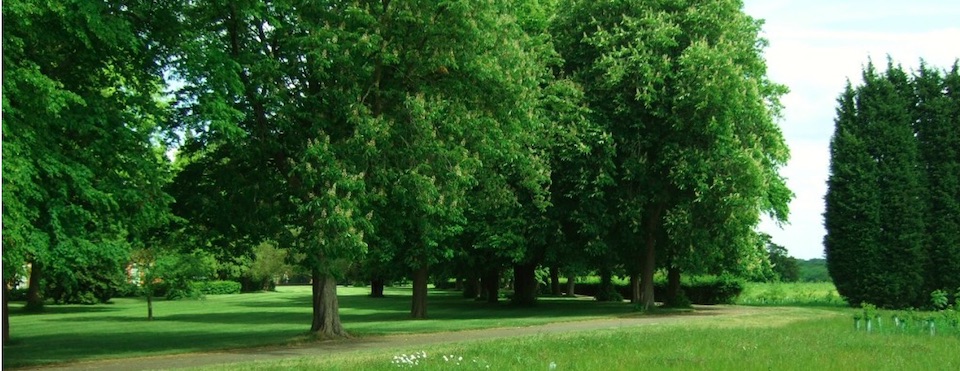
MANAGEMENT OF LAND AT NETHERNE FOR NATURE AND THE ENVIRONMENT
The “Amenity Fields”
This is the land running along the eastern side of the main tarmac path leading from Bowen Way to the cricket pitch. A lot of it was created to cover up waste from the demolition of the original hospital.
The long-term goal for the amenity fields was always to combine managing the land effectively for both nature and the residents. Over the years, NOTHRA and NML have invited various experts from Surrey Wildlife Trust (SWT), Surrey Greenspace and the Downland Countryside Management Project to view the land and recommend how best to move forward with this goal in mind. They were very positive about our desire to encourage wildlife and natural diversity in this area of the village.
MANAGMENT PLAN
The amenity land is notionally divided into numbered areas, and following recent SWT advice, there will be a three-year cycle of rotational cutting on these areas. One year out of three each area will be left uncut. The following year will be two cuts and then one cut in the third year. This creates a variety of habitats, which in turn encourages diversity of flora/fauna/invertebrates. An important part of this management is removing the cuttings which would otherwise smother less vigorous plant species, and encourage grass growth which also inhibits other flora.
- NML have also been advised how best to manage the woodland areas – which have really flourished, after a few years of struggling on the poor conditions of the original land. Some of this will involve thinning out some of the trees.
The Way Forward – NML have agreed that management of this land is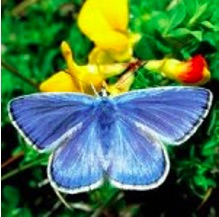 worthy of a more focused approach, and to ensure the right level of work is carried out within a reasonable budget.
worthy of a more focused approach, and to ensure the right level of work is carried out within a reasonable budget.
Year on year, with the correct sort of management and advice we can look forward to ever increase variety of flora and fauna. By encouraging a wide variety of flowers, we can attract the associated insects and butterflies. In particular, you may have already spotted the Common Blue Butterfly.
LOCAL BIRDLIFE
One more unusual, but prominent bird which we have already been attracting are the flocks of Goldfinches feeding on the tease, creeping thistle and alder. Linnets and Yellowhammers will also enjoy feeding on this food source. Keep an eye out for the striking birds.
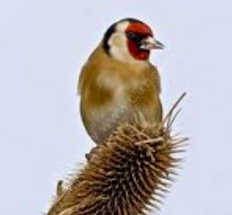
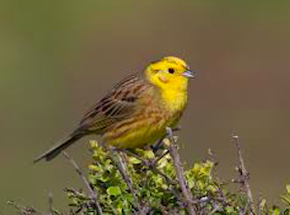
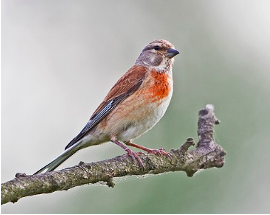

Whilst walking around the village you may have heard the loud call of the buzzards flying high above, circling on the thermals with their broad wings. In fact, they have nested in Boxers Wood in the past, and over the years have become a common sight in the south of England.
 A more recent addition to our skies are red kites. Once persecuted to near extinction, they have been steadily increasing in numbers and range over the last 20 years. They generally eat carrion, which is not uncommon with all the road-kill in the area! They are also very social, so if you see one, there is likely to be another close by. Their forked tail will distinguish them from buzzards.
A more recent addition to our skies are red kites. Once persecuted to near extinction, they have been steadily increasing in numbers and range over the last 20 years. They generally eat carrion, which is not uncommon with all the road-kill in the area! They are also very social, so if you see one, there is likely to be another close by. Their forked tail will distinguish them from buzzards.
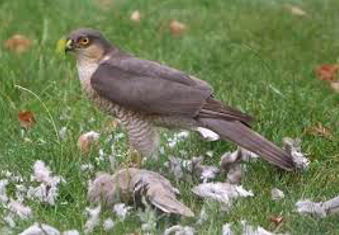
A pile of feathers under a tree may signify either the late meal of a buzzard or even a sparrowhawk which are also present in the area. If you support birds, by feeding them in your garden, you may unwittingly also be providing a potential meal for a sparrowhawk!
THE TREES OF NETHERNE
One of the attractions to many of Netherne on the Hill are the wonderful trees. The Horse Chestnut is the most prominent tree, lining Netherne Drive and the areas around the cricket pitch. Limes are also a big part of the landscape. NML are responsible for maintaining these trees and, to this end, have a regular tree survey done of all trees over 150mm stem diameter. All these trees have been numbered with a small silver disc. If you would like to take a walk around the village and identify these trees, please download the Tree List at the end of this article.
 Trees which did not make it on to this list, because of their size are many. Most notably we have Gingko Biloba (Maidenhair Tree) on the land next to the Leisure Centre. These are a unique species, now native to China. Fossils which are recognisably related to this tree, link its ancestry to as long ago as the Permian 27- million years ago.
Trees which did not make it on to this list, because of their size are many. Most notably we have Gingko Biloba (Maidenhair Tree) on the land next to the Leisure Centre. These are a unique species, now native to China. Fossils which are recognisably related to this tree, link its ancestry to as long ago as the Permian 27- million years ago.
The sapling trees originally planted on the amenity land include a good selection of native trees, including alder. The path down to Hooley is also lined with Blackthorn (sloe berries).
LAND TO BE LEFT WILD
As well as managing pockets of land for diversity, it is also wise to leave areas of undeveloped land to go wild. As we are surrounded by farmland and woodland, we attract larger mammals such as badgers, roe deer and foxes, and these areas create foraging for them. I was lucky enough to be able to watch a family with 4 fox cubs living behind Harden Farm Close one spring. The parents would be seen catching the early morning sun, whilst the cubs played. The deer give another good reason to take care whilst driving up and down Netherne Drive as they can often be seen crossing the road – particularly at the hair-pin bend!.
areas of undeveloped land to go wild. As we are surrounded by farmland and woodland, we attract larger mammals such as badgers, roe deer and foxes, and these areas create foraging for them. I was lucky enough to be able to watch a family with 4 fox cubs living behind Harden Farm Close one spring. The parents would be seen catching the early morning sun, whilst the cubs played. The deer give another good reason to take care whilst driving up and down Netherne Drive as they can often be seen crossing the road – particularly at the hair-pin bend!.